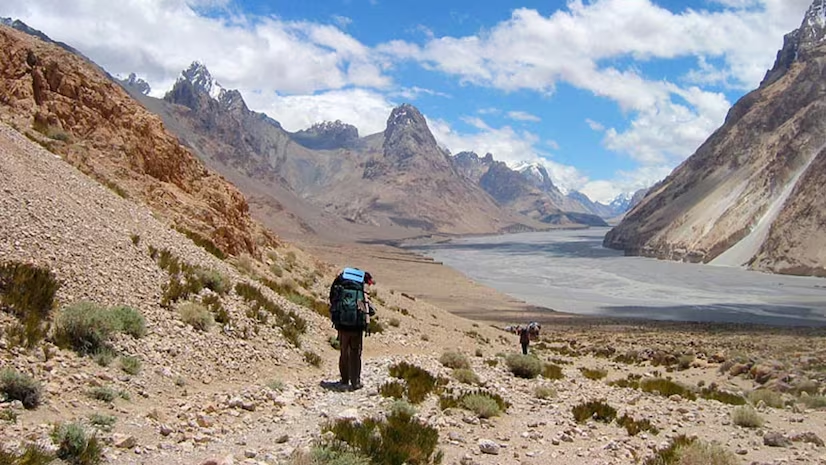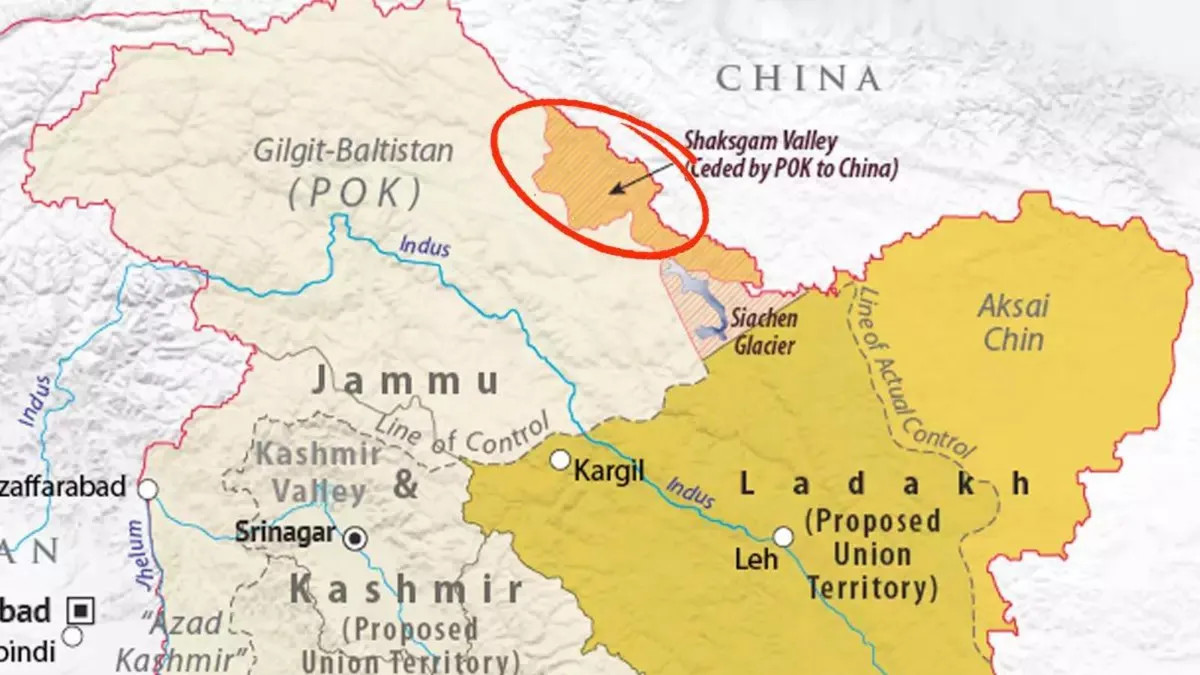Free Courses Sale ends Soon, Get It Now


Free Courses Sale ends Soon, Get It Now



Copyright infringement not intended
Context: India raised a strong protest to China over construction activity in the Shaksgam Valley, supporting its ownership of the region and rejecting the 1963 China-Pakistan boundary deal, which attempted to transfer the area to Beijing.
Historical Context
India's Position
About Shaksgam Valley
Background and Boundary Agreement
|
Karakoram Highway ●The boundary agreement between Pakistan and China in 1963 laid the foundation for the construction of the Karakoram Highway, a strategic road link connecting Pakistan and China through the Karakoram mountain range. ●The Karakoram Highway, completed in the 1970s with the collaboration of Chinese and Pakistani engineers, has strategic significance for trade and connectivity between the two countries. |
Current Status and Geopolitical Implications

Source:
|
PRACTICE QUESTION Q. Assess the impact of infrastructure development by both India and China along the disputed border. How have road construction, military bases, and other infrastructure projects influenced the dynamics of the conflict and affected local populations? |
© 2024 iasgyan. All right reserved